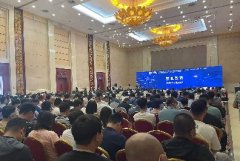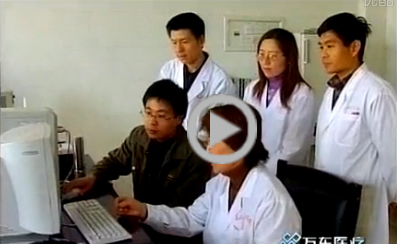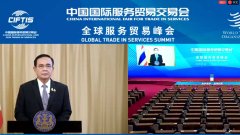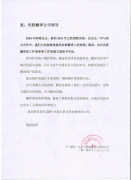这几项科技未来会穿在身上?想想还有点小期待……
时间:2022-07-01 14:22 来源:未知 作者:dl 点击:次
| 文章转载自 世纪君 21世纪英文报 未来衣物会应用哪些技术?随天气变化调节体温、依靠动作发电,还能发送信号……
TUCHONG
With summer quickly approaching, it’s the time of the year in which people like to switch out their wardrobes for the new season. But how about adding something high-tech to the summer looks? Let’s check out some of the ways in which technology is changing the clothes people wear.
Whatever the weather 随天气变化调节体温
A Chinese research team has developed 3D printing techniques that can yield a fabric with the ability to regulate temperatures. The technology they used is phase change materials – materials that change properties depending on the environment. 一个中国科研团队开发出一项3D打印技术,可以制造出能够调节体温的织物。该技术使用相变材料,其性能会随环境变化而变化。
The team trapped a polymer inside a fabric that can alternate between a crystal and a non-crystal form. While it can absorb heat in its crystal form, it can release heat in its non-crystal form, therefore regulating the wearer’s temperature. 该团队在这种织物中置入一种聚合物,其形态可以在晶体和非晶体之间交替转换。聚合物在晶体形态时可以吸收热量,而处于非晶体形态时,又能够释放热量,因此可以调节穿戴者的体温。
Zhang Yongyi, a part of the team who studies nanotechnology at the Chinese Academy of Sciences in Suzhou, said it is the first time “a scalable and controllable 3D printing strategy” has been used to create such clothing.
Powered by movement
Scientists in South Korea have developed a wearable fabric that generates electricity as it bends and stretches. Wearers only need to move naturally to power small electronic devices.
The clothing incorporates a variety of nanogenerators that can use friction to create energy, which can then be effectively stored. Although the clothes contain a small number of electrical components, the clothing feels completely normal.
Sang-Woo Kim, who works at the Sungkyunkwan University, South Korea, is proud of his team’s work in developing the clothing. “It feels like an ordinary jacket,” he told Science News for Students after wearing the clothing developed.
Sending signals
In another amazing research, clothes could serve as devices themselves. A team of engineering students from the University of Washington, US, have led these efforts by stitching conductive thread into cotton t-shirts. The clothing can then send signals that can be received by cellphones.
以上文章内容选自《21世纪学生英文报》高一870期 世联翻译-让世界自由沟通!专业的全球语言翻译供应商,上海翻译公司专业品牌。丝路沿线56种语言一站式翻译与技术解决方案,专业英语翻译、日语翻译等文档翻译、同传口译、视频翻译、出国外派服务,加速您的全球交付。 世联翻译公司在北京、上海、深圳等国际交往城市设有翻译基地,业务覆盖全国城市。每天有近百万字节的信息和贸易通过世联走向全球!积累了大量政商用户数据,翻译人才库数据,多语种语料库大数据。世联品牌和服务品质已得到政务防务和国际组织、跨国公司和大中型企业等近万用户的认可。 |























